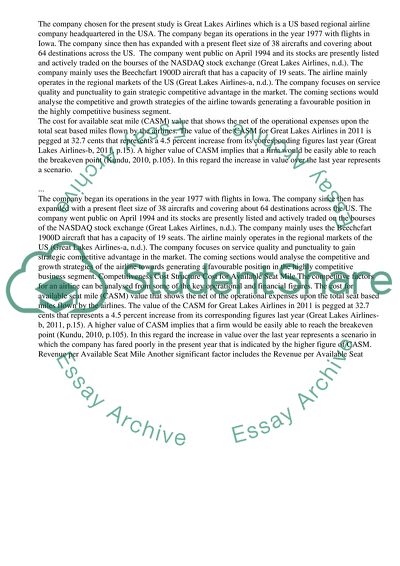Cite this document
(“Regional airline management Term Paper Example | Topics and Well Written Essays - 1750 words”, n.d.)
Retrieved from https://studentshare.org/management/1424693-regional-airline-management
Retrieved from https://studentshare.org/management/1424693-regional-airline-management
(Regional Airline Management Term Paper Example | Topics and Well Written Essays - 1750 Words)
https://studentshare.org/management/1424693-regional-airline-management.
https://studentshare.org/management/1424693-regional-airline-management.
“Regional Airline Management Term Paper Example | Topics and Well Written Essays - 1750 Words”, n.d. https://studentshare.org/management/1424693-regional-airline-management.


